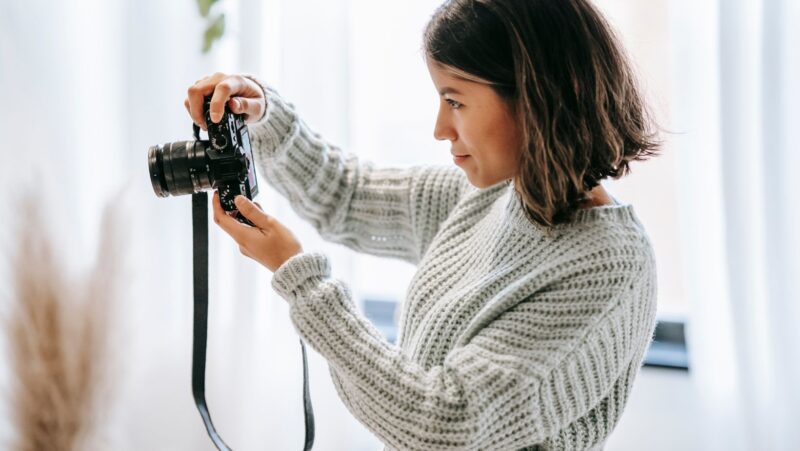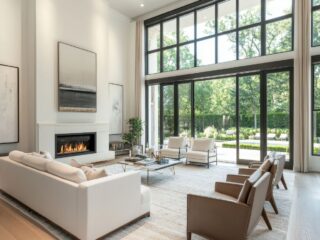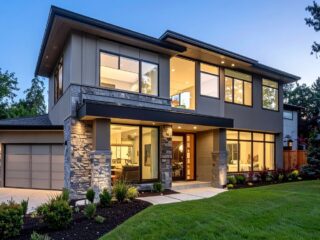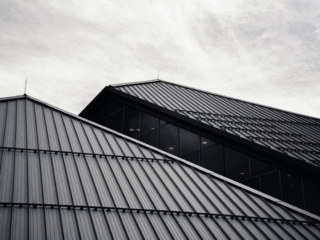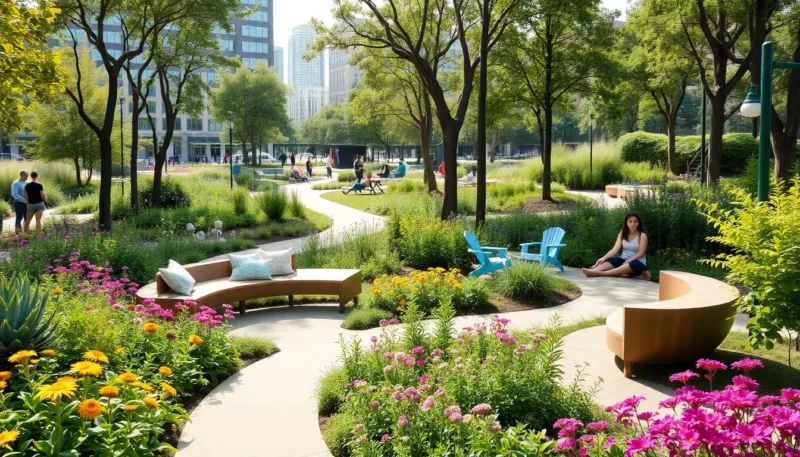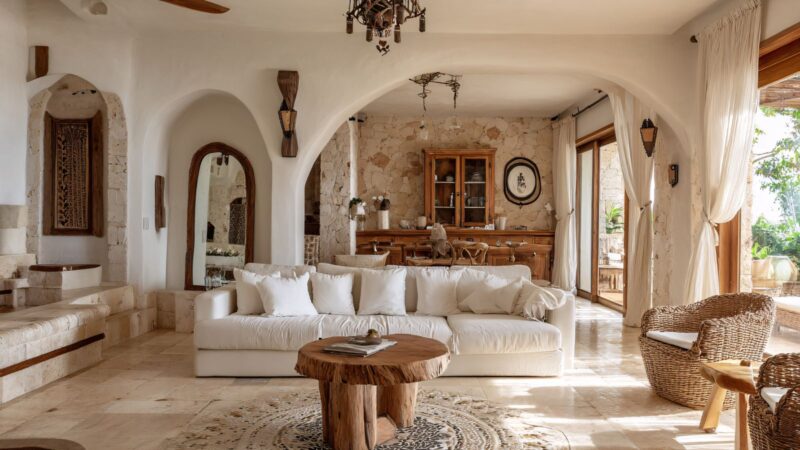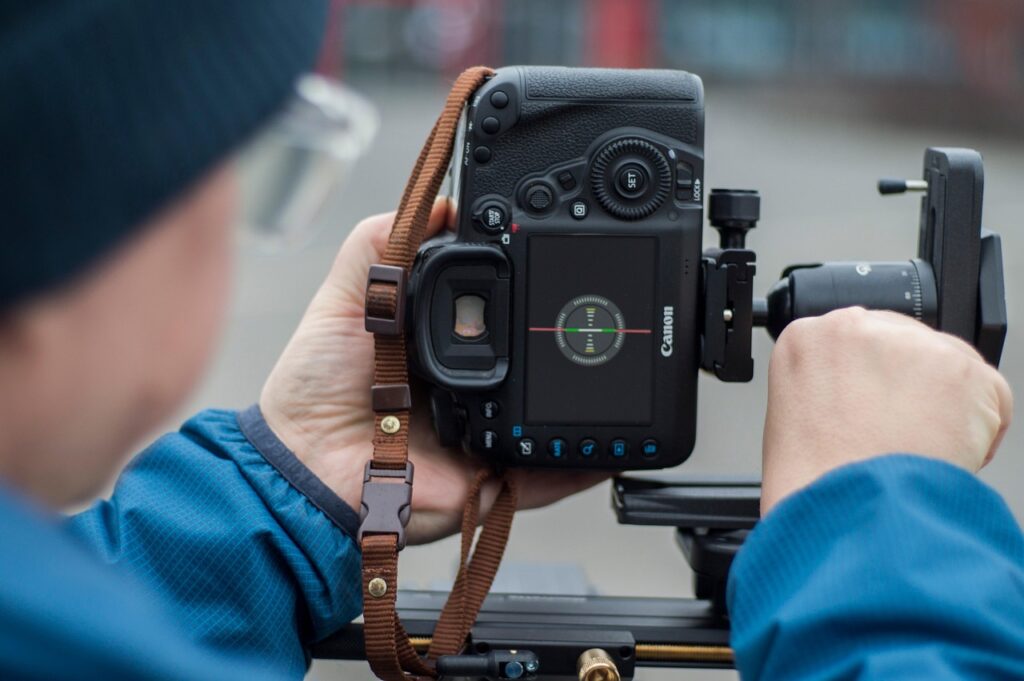
Thanks to social media, it’s easy for clients to look up and find interior designers. This means that you need to try as much as possible to stand out, and the fact that you have good taste won’t help you do that. However, your previous work will, and nothing works better than before-and-after images.
Whether you are a seasoned designer or you are just starting out, these give you the perfect opportunity to showcase what you can do. It’s how you move from a designer with good taste and resources, to a designer clients trust with their space.
However, there’s a process involved before that. You first need to set up your website, although that’s easy to do with interior design website templates from website builders like Wix. From there, you need to ensure you capture the perfect photos and use them properly. This guide will walk you through the before-and-after photo process to ensure you get all the key parts right.
TL;DR
- Before-and-after photos are crucial for interior designers; 90% of homeowners are influenced by such images when choosing remodeling services.
- They visually demonstrate transformations, helping clients understand the designer’s capabilities at a glance.
- Consistent angles and lighting in photos enhance authenticity and clarity, making the transformation believable.
- Proper platforms like websites and social media amplify the impact of these photos, showcasing your skills effectively.
- Use compelling captions to convey the story behind the transformation, emphasizing your design goals and solutions.
Why Before-and-After Photos Matter in Interior Design
According to a 2024 study by Houzz, 90% of homeowners are influenced by photos when selecting a remodelling company. This is quite a huge number, so let’s look at why they are so powerful.
They Tell a Visual Story Clients Can Instantly Understand
You can talk design jargon or use mood boards as much as you want, but what most clients are looking for is clarity on the final result. Side-by-side images are the perfect tool for that as they show what was, and what you created. Even if the client has no interior design background, they can see what changed and why you are good at what you do.
They Build Trust Through Tangible Proof
Every interior designer can talk about their design process, but before-and-after shots are more powerful as they are proof of how effective you are.
Since people can see what was and what is, they’ll immediately get the feeling that you are capable of meaningful transformation. And since they are investing their time and money into something they can’t see, this is often all they need to trust you.
They Showcase Your Problem-Solving Skills
Design isn’t just about the finishes or furniture, but more about changing or fixing what’s not working. Maybe it’s a poor layout, dated lighting, or underused space. Whatever it is, your job is to make it better.
Before-and-after photos let you highlight something that wasn’t working but you managed to turn it into a functional space. And when you highlight what you actually did with a description, they’ll see that you aren’t just a stylist, but a thinker. Someone who can take on challenges, make smart decisions, and actually deliver.
How to Capture Effective Before-and-After Photos
To make your before-and-after photos effective, you need to plan them with intention.
Maintain Consistent Angles & Lighting
It doesn’t matter how good your design is, but if you take your “before” photo at night and the “after” at golden hour, it will feel off. If you also don’t put much detail into the angles of the “before” shot, your work won’t be convincing enough.
Ensure you shoot both photos from the same spot, same height, same lighting, and same angle. If possible, use a tripod and mark the floor spot with tape.
Stage the “Before” Properly
It’s a popular temptation to exaggerate how bad things were, but don’t fall for it. In fact, if there’s a mess that doesn’t seem “regular,” such as used utensils, clean it up – but don’t overdo it. If things seem too messy, your photo will feel staged, and clients will assume you lack authenticity. Aim for honesty.
Draw Attention to the Changes That Matter Most
Not everything needs to be photographed when showcasing a project. Or even if you take many photos for your archives, carefully choose the ones you select for your interior design website. These should be the places that you’ve transformed the most. If the fireplace wall was your big design item, make sure it’s the focal point in both photos. Minor details can be showcased in a photo of the whole room.
Polish Your Photos Without Losing Authenticity
Editing is still part of the process, but you shouldn’t change much. You only need to brighten up the image and possibly adjust the white balance. Don’t add things like filters or saturation boosts, as they’ll make your work look exaggerated.
Present the Photos in a Way that Maximizes Impact
Now, it’s time to present your photos in a way that feels compelling.
Side-by-Side vs. Slider Comparisons
These two formats are different in how people experience the transformation.
- Side-by-side comparisons make it easy to compare. They are great for print, presentations, and platforms like Pinterest and Behance.
- Slider tools take a more interactive approach as they give clients greater control over their viewing point. You can also view the photos one by one, and so they are perfect for websites.
In most cases, you’ll need to work with both, but choose based on the platform.
Add Annotations or Callouts
Sometimes, the difference isn’t obvious. And in such cases, you can add annotations to help highlight the small details to clients. A good idea here is something that both labels and showcases value, like “Added custom shelving for toy storage.” However, don’t overuse these as they can hide the work.
Write Compelling Captions
While great photos will speak for themselves, you also need people to feel the story behind them. You can do this by writing captions that go beyond what they see. So, instead of what you did, touch on the why and the impact. A simple but effective one would be something like:
- Goal
- Process
- Added value
Make it short, specific, and client-focused.
Where and How to Use Your Photos for the Biggest Payoff
There are several ways you can use these images.
Your Professional Website (Key)
This is the perfect place to showcase your work as it’s flexible, so you can design it to fit your style.
Use it to display all your major projects, with your best work at the top. You can comfortably show the two pictures side by side, but clients can still view a higher resolution of each picture by clicking on the project. You also have space to write a caption that tells the story behind each project.
However, you also need to choose a website template that’s modern and flexible. A website builder like Wix works better than regular templates as you can adjust different features to fit your personal style.
Social Media (Instagram, Pinterest, Facebook)
Since people on social media scroll fast today, before-and-after content is the perfect eye-catcher. The contrast invites attention and makes people click on your profile to see more of such work.
The key here is to maximize each platform based on how it works, not simply posting a side-by-side picture.
- Instagram – You can have a side-by-side picture on the front, followed by the full “before” and “after” shots in a carousel. The caption is then the story behind it. Also, create reels that can showcase more aspects of the project and share both via Stories.
- Pinterest – Pin side-by-sides with some descriptions and keywords in the style of how users typically search. E.g., “Small apartment makeover.”
- Facebook – Alongside the picture, keep captions warm and use transformation stories to spark shares.
In all these, let your voice and personality shine as you need to show authenticity.
Houzz, Behance, and Design Platforms
These platforms are more geared towards long-term visibility and having a professional reputation, not likes and shares. So, upload full galleries, tell your stories, add early sketches, and show yourself as an executioner.
Client Proposals & Presentations
Here, the photos will help you close the deal. However, unlike the other platforms, you need to select them based on projects that are similar to the client’s. It’s your chance to show how you will handle their project, so be detailed. Walk the client through the transformation, as this will make the journey sound more impressive and your abilities more convincing.
Wrap Up
Before-and-after photos are a great way to show that you have an eye for design and are proof of your problem-solving skills. So, whether you are creating a website or sending out proposals, make them a key advocate of your work. This way, people will see that you are capable of transforming their spaces, and they will help you win your next client.
FAQ – Using Before and After Photos
What if I didn’t take a proper “before” photo?
In this case, try to maximize the caption to explain the problems you were solving. Going forward, you can then make capturing a “before” shot a standard step in your process
Do clients need to give permission to use their photos?
Yes, you need to get permission, even if you took the photos yourself. If the house is occupied, you can get in trouble for sharing pictures with personal belongings or family members.
How much context should I give with each photo set?
Just enough to help users understand the changes that you made and why they are significant. It should be just a few sentences, but ensure you optimize it based on the platform where you are sharing.
Can I reuse the same before-and-after images on social media and my website?
Yes, it’s a good idea to reuse the same photos as different platforms will require you to present them differently. This is just repurposing, not repetition. You are also expanding the reach of the photos.

